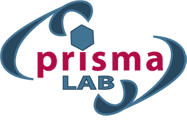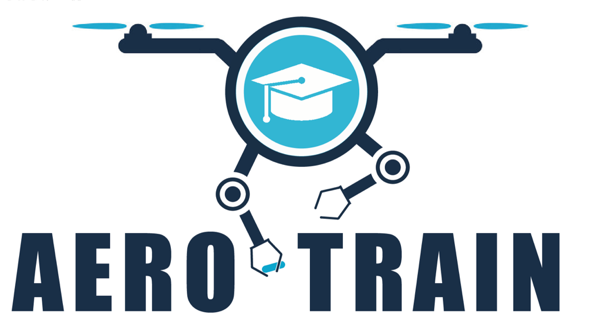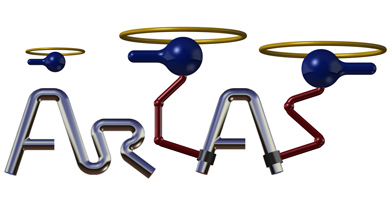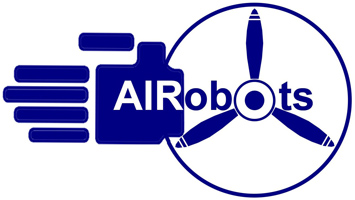Industry is facing an unprecedented digitalisation process in the modern era. Innovative robotic solutions for the inspection processes of tanks, heat exchangers, refining towers, turbines, offshore platforms, mixed nearshore environments, surface and submarine pipelines are today among the main objectives of the research and development centres of large companies in the sector. The inspection and maintenance of power lines, aqueducts, dams and wind generation systems is another example of possible applications of mobile, marine and aerial robotic technologies. In addition to the industrial sector, the civil sector is to benefit from the use of robotic solutions for inspection of structures in an objective, repeatable and certified way, with cost reduction and improvement of quality, reliability and promptness of operation. Viaducts, roads, bridges, tunnels, subways, trains and railway networks, trams and tram networks, aircraft and airports, ships, cultural heritage and historic buildings are further sectors in which the development of semi-autonomous robotic solutions with a high level of specialisation is to lead to a paradigm shift with respect to the current statically programmed inspection plans.
AERO-TRAIN
- AErial RObotic TRAINing for the next generation of European infrastructure and asset maintenance technologies
- January 2021 ‒ December 2024
- 4,108,493 €
- website
AERO-TRAIN fills gaps between the infrastructure O&M industry and Industry 4.0 with the ambition to keep our invaluable assets operational and safe. The general objectives are to reduce the costs associated to O&M operations, while increasing the safety aspects related to the asset management. The project is to develop automation technologies based on aerial manipulators and it identifies that the solution lays in the synergy between three main research pillars: intelligent mechatronics, artificial intelligence and human‒machine interaction. AERO-TRAIN addresses the lack of skills and competences that are needed in the industry to ensure that the outcome of the project create an impact, by developing a training program where both the academic and non-academic sector contribute to train early-stage researchers to be hosted by the experts in the project core technologies, and partners from both industry and academia for training, advancement and testing of technology.
AERIAL-CORE
- AERIAL COgnitive integrated multi-task Robotic system with Extended operation range and safety
- December 2019 ‒ November 2023
- 8,595,306 €
- website
HYFLIERS
- HYbrid Flying-rollIing with -snakE-aRM robot for contact inSpection
- January 2018 ‒ September 2022
- 3,897,020 €
- website
HYFLIERS is a research and innovation action for advanced robot capabilities research and take-up. The goal is to develop the world's first industrial integrated robot with hybrid air and ground mobility with a long-reach hyper-redundant manipulator capable of reaching sites where no other robot can access, reducing the exposition of human inspectors to potentially dangerous working conditions. The system shall have multi-media interfaces for teleoperation, automatic collision detection and avoidance, a trajectory planning system taking into account aerodynamic effects in addition to kinematic and dynamic models, and a mission planning system to optimize the use of the robot in the inspection. Targeting ultrasonic thickness measurements for oil and gas refineries and chemical plants, the results could be applied to many other robotic inspection technologies.
AEROARMS
- AErial RObotic system integrating multiple ARMS and advanced manipulation capabilities for inspection and maintenance
- June 2015 ‒ May 2019
- 4,722,852 €
- website
AEROARMS proposes the development of the first aerial robotic system with multiple arms and advanced manipulation capabilities to be applied in industrial inspection and maintenance (I&M). The objectives are: research and development on aerial manipulation to perform I&M, new methods and technologies for platforms which can fly and manipulate with the coordinated motion of the arms addressing constrained scenarios in which it is dangerous to use the helicopter and where it is not possible to grab to perform I&M operation. Validation is to be carried out in: installation and maintenance of permanent NDT sensors on remote components, deployment and maintenance of a mobile robotic system permanently installed on a remote structure. Special attention is to be paid to the design and system development in order to receive future certification taking into account ATEX and RPAS regulations.
ARCAS
- Aerial Robotics Cooperative Assembly System
- November 2011 ‒ October 2015
- 6,150,000 €
- website
The ARCAS project proposes the development and experimental validation of the first cooperative free-flying robot system for assembly and structure construction. The project is to pave the way for a large number of applications including the building of platforms for evacuation of people or landing aircrafts, the inspection and maintenance of facilities and the construction of structures in inaccessible sites and in the space. The objectives are: new methods for motion control of a free-flying robot with mounted manipulator in contact with a grasped object; new flying robot perception methods to model, identify and recognize the scenario and to be used for the guidance in the assembly operation; new methods for cooperative assembly planning and structure construction by means of multiple flying robots with application to inspection and maintenance activities, strategies for operator assistance in manipulation tasks involving multiple cooperating flying robots.
AIROBOTS
- Innovative Aerial Service Robots for Remote Inspection by Contact
- February 2010 ‒ January 2013
- 2,616,000 €
- website






